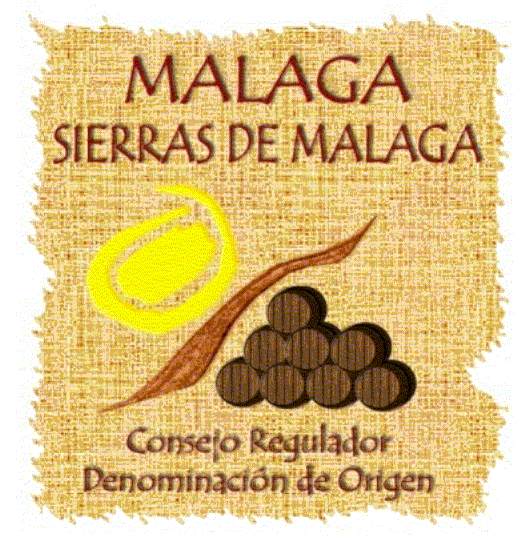Designation of origin Malaga
The History of DO Malaga

The first references to Malaga wines can be traced back to the phoenicians, as with most of the wine making regions in Spain. When the Greeks founded Mainake in 600 b.C. they taught the natives how to work the vines to get wine, and as time passed it began to gain importance. The Romans were the ones that really started to produce wine in the region and planted most of the vines, and there are ruins to prove it: a fermentation deposit was found in Cártama, 30km away from the capital. During the Muslim occupation in Malaga, taxes had to be paid to be able to produce wine, as it was prohibited by the Quran laws, but after the Reconquest the wine makers of the area formed the Wine Makers Fraternity to promote their sector.

The fame of Malaga wines soon trespassed Spanish borders and spread around the world. In 1791 the Spanish Ambassador in Moscow promised Catherine The Great, Empress of Russia, some Malaga wine cases; she was so happy and so awed by their taste and quality that she banned any taxes to be placed on Malaga wines arriving in Russia. The phylloxera reached Malaga in 1878 and with the bug came the downfall of these excellent wines, which wouldn't recover until well into the 20th century.
After this, Malaga wines were also commonly used for religious ceremonies, and they were mostly ignored until the arrival of Telmo Rodríguez, a wine maker from Malaga, who with his wine Molino Real was able to capture all the sweetness of Malaga wines. Currently, there's quite a demand for sweet wines (or dessert wines, as they're sometimes referred to) in which DO Malaga wines have found their place - quite a feat for a designation of origin with only 18 inscribed cellars. If you are planning a dinner party, you can always count on wines from Malaga to bring a sweet end to the dinner!
DO Málaga in modern days
The DO Málaga - Sierra de Málaga was established at the same time as the DO Jerez, in 1933, during Spain's II Republic. The production takes place in five different areas of Málaga: Axarquía, Montes, Norte, Costa Occidental and the Serranía de Ronda, and each areas has its own characteristics. This generates slightly different wines, which enrich the designation of origin. DO Malaga wines are of the white sweet variety, popularly called "dessert wines". They have a very popular demand among tourists visiting the region. Nothing better than a sweet cup of wine while relaxing in some beach in Marbella!
DO Málaga wines are produced exclusively with white grapes grown in one of the areas mentioned above. The grapes used are from the Moscatel and Pedro Ximénez varieties, which account for the marked sweet flavor of their wines. There are two main types of wines produced in the DO Málaga:
- Sweet wines: Produced with grapes that have been over ripened in the sun, so their sugar content is very high.
- Liquor wines: Produced by adding extra alcohol to the initial grape juice (called mosto). This stops the fermentation process, so the end product is a dryer wine.
The aging affects the end product greatly. Depending on this, there are several kinds of wine:
- Málaga Pálido has a maximum aging of 6 months.
- Málaga, between 6 and 24 months.
- Málaga Noble, 2 to 3 years.
- Málaga Añejo, 3 to 5 years.
- Málaga Trasañejo, over 5 years of aging.
The more time a wine spends in aging, the deeper the color. This is why DO Malaga wines have a range of color that can go from a light yellow to a deep black.
Today Malage is much more well known as being a holiday destination, thanks to its never-ending coastline and fantastic beaches. However, recently, Spanish wine tourism in the region has started to grow in popularity as people have started to explore the rich cultural heritage of the region. If you are into your Spanish culture, Malaga and the south coast are a great option as the region is full of history and has a rich and varied gastronomic culture too.
Spanish Wine History
Spanish Wine Regions and DO
Spanish Wine Tours
Top Spanish designations of origin
Best Spanish Wines
Spanish Wine Production
Spanish Wine Types
Spanish Grapes
Spanish Sparkling Wine: Cava
Sherry Wine
Spanish Wine Cocktails
Spanish Wines in the World
Spanish Wine Prizes
Enotourism
Spanish spirits and liquors
Argentina Wines
Chilean Wines
Other sites